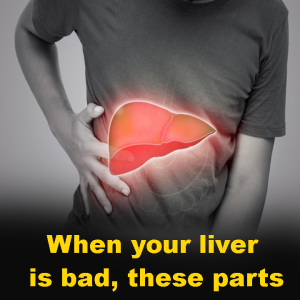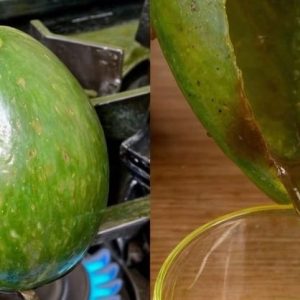
Picture this: you’re about to enjoy a satisfying meal, when you spot something odd next to your meat. That’s exactly what happened to me not long ago—and the discovery was both confusing and a little unsettling.
The item was flat, small, and seemed to be attached to the meat, although not embedded inside it. Naturally, I felt concerned and curious. What exactly was this object, and how did it end up on my plate?

The Growing Use of RFID in the Food Industry
Radio Frequency Identification (RFID) technology is becoming more common across different sectors, including the food industry. These tiny devices are used to track and manage inventory throughout the production and distribution process. In the food sector, RFID systems help ensure product quality, traceability, and accountability from the farm all the way to the consumer.
Why RFID Tags Might Appear on Meat
There are practical reasons why RFID tags are used in meat products. They allow companies to monitor a product’s entire journey—from sourcing and processing to transportation and storage.
This transparency not only helps preserve freshness and quality, but also supports faster and more accurate recalls and reduces the risk of food fraud. RFID tags enable businesses to share important details with consumers about where their food came from and how it was handled.
RFID tags are usually flat, small, and may be encased in a thin plastic or protective layer. They often look like stickers or tags and may include a visible chip, antenna, barcode, or serial number. If you find something unexpected in your food, examine it carefully. If it matches this description, you might be looking at an RFID tracker.

What to Do If You Find One in Your Food
Should you come across a possible RFID tag in your meal, stay calm. Start by photographing the item and noting any visible information printed on it. Then, contact the retailer or manufacturer to report the finding. They can clarify whether the tracker was meant to be there and explain what steps you should take next.
Are There Health Risks?
While RFID tags are generally considered safe, they are not designed to be eaten. Accidentally swallowing one—especially if it’s damaged—could pose a health risk. If there’s any chance of ingestion, it’s important to consult a healthcare provider promptly.

When to Alert Food Safety Authorities
If you believe the presence of an RFID tag in your food poses a potential hazard, it’s wise to inform local food safety agencies or health departments. They can investigate the situation to determine whether any regulations were breached and help maintain high safety standards in the food supply.
Final Thoughts: Awareness Brings Reassurance
Coming across an unexpected item in your food is never pleasant. But understanding the role of RFID technology in food tracking can help put your mind at ease. These tools are used to improve safety and quality control. Still, consumers should stay alert and report anything unusual. That way, we can all help uphold food safety standards—and enjoy our meals with greater confidence.




